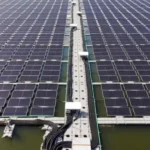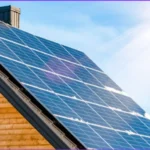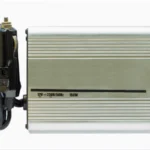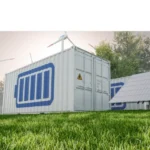What if you could heat your home, water, or even your greenhouse without relying on the grid or racking up a high energy bill? A solar powered heater makes this a reality. With energy costs on the rise and growing climate consciousness, solar heating systems are becoming a must-have for eco-friendly homeowners and small business owners alike.
Whether you’re just exploring renewable energy or already have panels on your roof, this guide will walk you through everything you need to know about solar heaters—from how they work to real-world efficiency tips.

What Is a Solar Powered Heater?
A solar powered heater uses energy from the sun to provide heat for indoor spaces, water systems, pools, or even off-grid setups. Unlike traditional electric heaters that consume grid electricity, solar heaters convert sunlight either directly into heat (solar thermal) or into electricity (solar PV) that powers an electric heater.
Types of Solar Heaters:
- Solar Thermal Systems – Use solar collectors to heat water or air directly.
- Solar PV Heaters – Use photovoltaic panels to generate electricity, which is then used by an electric heating element.
- Hybrid Systems – Combine solar with backup gas or electric systems for reliability.
Real-World Example: Heating a Home Off-Grid in Colorado
While consulting for a small off-grid home near Boulder, Colorado, I worked with a homeowner named Janelle who wanted to heat her 1,200 sq. ft cabin year-round. She installed:
- A solar air heater for sunny winter days
- A solar thermal collector for radiant floor heating
- Backup propane for overcast periods
Her key takeaway? “Solar heating saved us over $1,200 in one winter alone—and it’s completely silent. You don’t even realize it’s working, but you sure notice the savings.
Also visit here: Solar energy comapnies.
How Do Solar Heaters Work?
1. Solar Thermal Collectors
These are panels (often on the roof or south-facing wall) that absorb sunlight and convert it directly into heat. The most common types include:
- Flat Plate Collectors
- Evacuated Tube Collectors
- Batch Water Heaters
They circulate a heat transfer fluid or water through the collector, which then distributes warmth through a heat exchanger, hydronic system, or directly into your space.
2. Solar PV-Powered Electric Heaters
These setups use standard solar panels to produce DC electricity, which is converted to AC and powers a resistive heating element (like a baseboard heater or water heater).
Tip from the Field
Make sure your inverter can handle the startup surge of electric heaters, especially if you’re using a battery-based off-grid system.
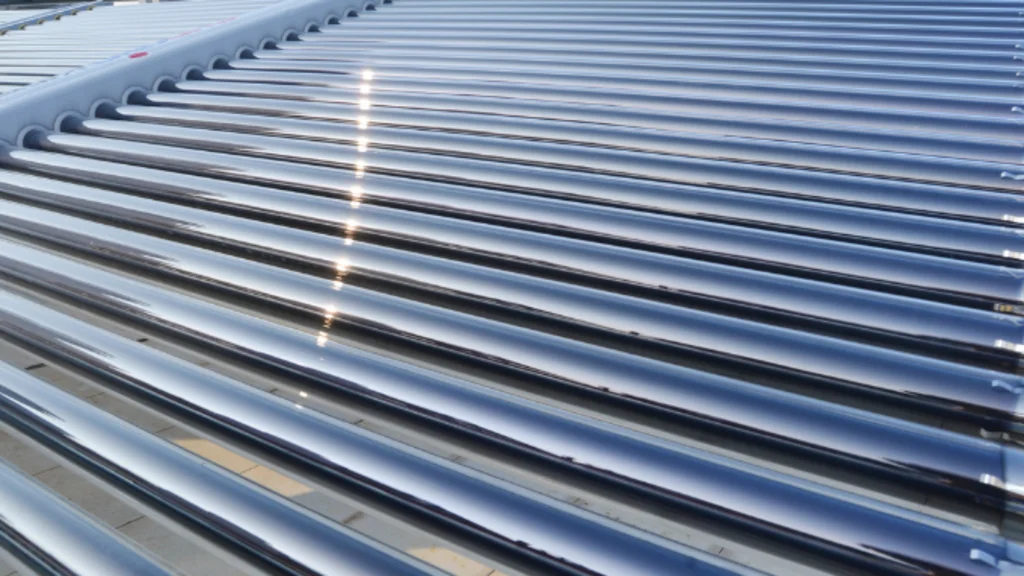
Key Benefits of Solar Powered Heating
Reduce Energy Bills
Once installed, sunlight is free. You can offset or eliminate your need for grid power or gas heating.
Sustainable and Eco-Friendly
No emissions. Great for reducing your carbon footprint.
Long-Term ROI
Systems typically pay for themselves in 5–8 years, depending on size and usage.
Ideal for Remote or Off-Grid Living
No need for fuel deliveries or long power lines.
Low Maintenance
Systems like solar thermal heaters have few moving parts, and panels can last over 25 years.
Limitations to Be Aware Of
Weather Dependent
Efficiency drops on cloudy days or during long winters. Battery storage or backup systems are essential.
Initial Cost
Upfront investment can be $2,000–$8,000 depending on system size and type.
Space Requirements
Roof or land space is needed for collectors or panels.
System Complexity
Thermal systems may need plumbing integration and skilled installation.
Click here: Solar system for home.
Efficiency Tips and Maintenance Advice
1. Keep Collectors Clean
A dusty panel can reduce output by up to 20%. Use a soft brush or hose every 3 months, especially in dry climates.
2. Check for Airlocks
For solar thermal systems, air bubbles can block water flow. Bleed the system seasonally.
3. Use a Smart Inverter
In PV setups, a smart inverter helps track performance and auto-adjusts for peak efficiency. Troubleshoot using app diagnostics if power drops unexpectedly.
4. Insulate Piping
Minimize heat loss by wrapping outdoor or attic-exposed pipes.
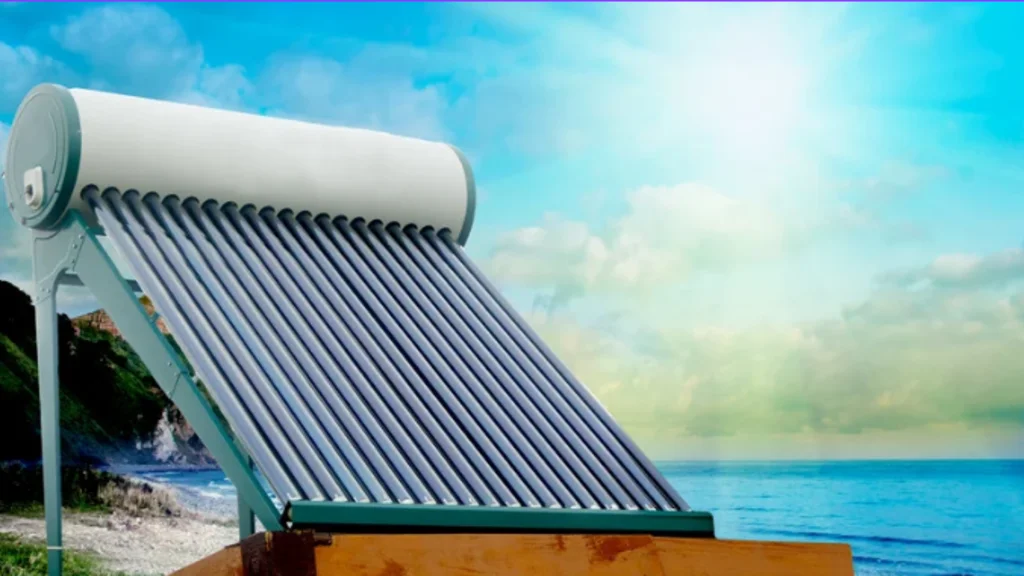
Solar Heater Applications You Can Explore
Solar Water Heaters
Preheat your water using solar energy, then top it off with gas or electricity if needed.
Solar Space Heating
Radiant floors, wall-mounted air heaters, or ducted warm air systems.
Off-Grid Cabin Heating
Great for rural properties where grid access is limited or costly.
Solar Pool Heating
One of the most cost-effective uses is that unpressurized pool systems are inexpensive and straightforward.
How Much Can You Save?
According to the U.S. Department of Energy:
- A solar water heater can reduce your water heating bills by 50–80%
- A typical solar space heating system can cut heating costs by 40–70%
If you live in a sunny state (California, Arizona, Texas), your ROI is even faster.
Choosing the Right Solar Heating System
Here’s a simple guide to help:
| Use Case | Recommended System | Notes |
| Water heating for home | Solar Thermal Collector | Efficient for showers, sinks |
| Space heating in winter | PV + Electric Heater OR Radiant Floor | Add battery backup |
| Pool heating | Unpressurized Collector | Simple DIY setups available |
| Greenhouse heating | Air-based Solar Heater | Great for shoulder seasons |
| Off-grid cabin | PV + Battery + Propane Backup | Ensure winter reliability |
Final Thoughts: Is a Solar Powered Heater Worth It?
Absolutely if your site gets sun, and you’re ready for a sustainable long-term investment. A well-installed solar heating system can deliver silent, emission-free comfort year after year.
Whether you’re heating a home, off-grid cabin, pool, or workshop, a solar powered heater can reduce your energy bills while shrinking your environmental footprint.
Maximize Your Solar Efficiency
If your panels haven’t been cleaned in over 3 months, you could be losing 10–20% of your energy output. Book a system checkup today and start maximizing your solar investment.


